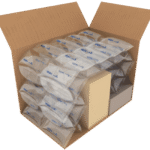Home » Bubble Vs Foam Rolls: Which Should You Use For Shipping?
Bubble Vs Foam Rolls: Which Should You Use For Shipping?
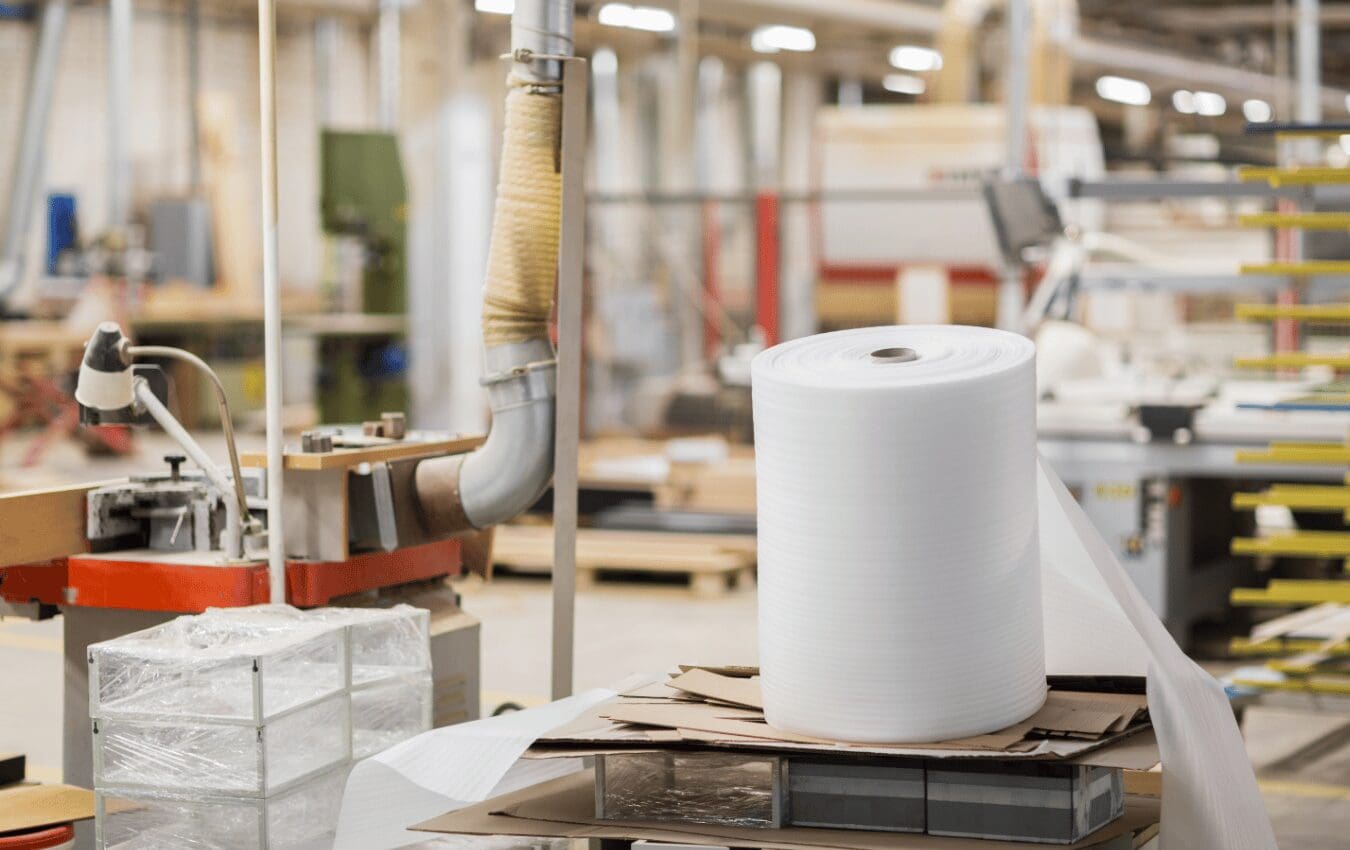
We all want to protect our products during shipment, but are not quite sure on which product to use, often many of us find ourselves selecting either bubble or foam. Both are similar in purpose as they serve as a packaging protective solution, but they differ in application or in use. By understanding the difference between the two, you can better optimize your packaging efficiency and protection.
What Is a Bubble Roll?
Bubble Roll is a plastic sheet consisting of air bubbles that are designed to protect objects by restricting movement and absorbing damage. Bubble roll is available in a variety of sizes, thicknesses, applications, and additives. To apply a bubble roll, lay it out with the bubble side up and cover the product with wrap.
When To Use Bubble Roll
- Fragile items: glass, dishes, lights, mirrors, TVs, artwork, figurines, and other items susceptible to damage.
- Sensitive electronic products: bubble roll can be made with anti=static agents used to protect electronic devices from electrostatic discharge in addition to cosmetic damage.
- Furniture: bulking, odd shaped, or fragile furniture such as table tops, glass doors, coffee tables and other furniture often require plenty of protection against vibration and shocks.
- Sentimental Items: products that are of high value emotionally to consumers are often wrapped in bubble material to ensure the utmost care when shipping products or while placing them in storage. For example, jewelry made with your loved ones’ fingerprints engraved into it.

What You Should Know Before You Buy Bubble Roll
A Bubble roll is not the ideal solution for every packaging application. If you are not careful, then you can limit your packaging potential and accrue more overhead than you anticipated. You should be also mindful of the thickness of the bubble rolls as they can vary in size and strength.
Typically, when a product is wrapped in bubble material it becomes harder to stack that object. In addition, the air bubbles of the wrap take up a lot of free space that can be used to package more items. It can be quite costly to limit the amount of product you can send due to the drawbacks of bubble rolls.
However, there are many applications where bubble rolls are needed. It is very adaptable, versatile and can be used more than once. Its lightweight design makes it easy to handle for the manufacturer and end user.
If you are interested in bubble rolls, then contact Brown Packaging today to get supplied.
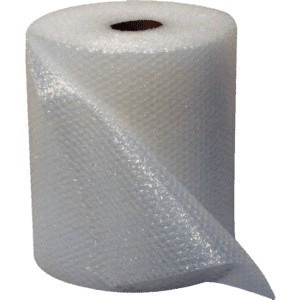
What Is a Foam Roll?
Foam rolls are made from expanded polyethylene with insulating and cushioning properties, which gives the wrap a dense, lightweight, thin and flexible design. It is manufactured into a roll that contains sheets of foam that can be cut into any size or shape. Like a bubble roll, foam can be designed with anti-static properties and other additives.
When To Use Foam Roll?
- Kitchenware: knives, forks, glass cups, dishes and small, sensitive and fragile kitchen appliances.
- Consumer goods: decorative items made with glass, small mirrors, picture frames, and other items.
- Cosmetics and personal care products: lotions, creams, oils, makeup, and other small and fragile items.
- Other fragile and sensitive items: medical devices, electronics, furniture legs, glass, ceramic, and other items.
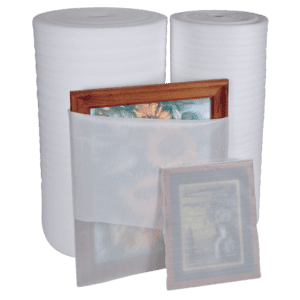
What You Should Know Before You Buy Foam Roll
Before you buy foam rolls you should select the right thickness for your product. This may require you to ask the packaging provider what thickness is recommended for your size product, as thickness can vary from one supplier to another.
The benefit of foam rolls is that they are easier to stack and take up minimal space. However, it may be more expensive than using a bubble roll.
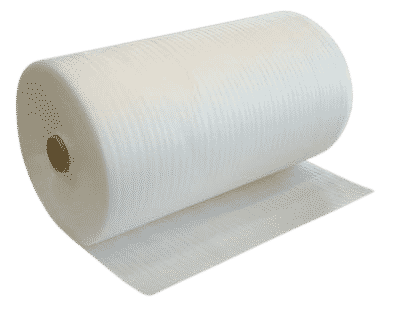
Summary: Bubble Vs Foam Rolls
Selecting between bubble and foam can be a difficult choice. They both have their uses and drawbacks. Ultimately, you want to package bulker, heavier, and extremely fragile products with bubble rolls. Foam can also be used for sensitive and fragile products, but can cost you more.
You can offset these costs and be more efficient if you plan on stacking items on top or fitting a larger quantity within a shipment. However, be mindful of how you package and ship your products as they may become damaged.
It may be best to seek the help of a packaging professional. If interested in bubble, foam, or cushioning packaging, then contact Brown Packaging today.
RSC boxes are known for their efficiency and versatility, but their performance ultimately comes down to strength. Buyers often see numbers like ECT, BCT, and
In packaging, foam isn’t just about initial protection — it’s about maintaining performance over the entire shipping or storage cycle. Compression set and recovery characteristics
Pouches are a go-to for flexibility and convenience, but they can fail in critical ways—from poor seals to punctures and delamination—that hurt performance and brand
In the retail environment, the placement of Point of Purchase (POP) displays is just as critical as their design and content. Strategic positioning can significantly
Choosing the right foam density isn’t about “soft” versus “hard” — it’s about controlling shock transmission and matching the foam’s cushioning curve to the product’s
Moisture resistance and dimensional stability are critical performance factors for custom inserts, especially when products are shipped or stored in variable climates. Both foam and
Home » Bubble Vs Foam Rolls: Which Should You Use For Shipping?
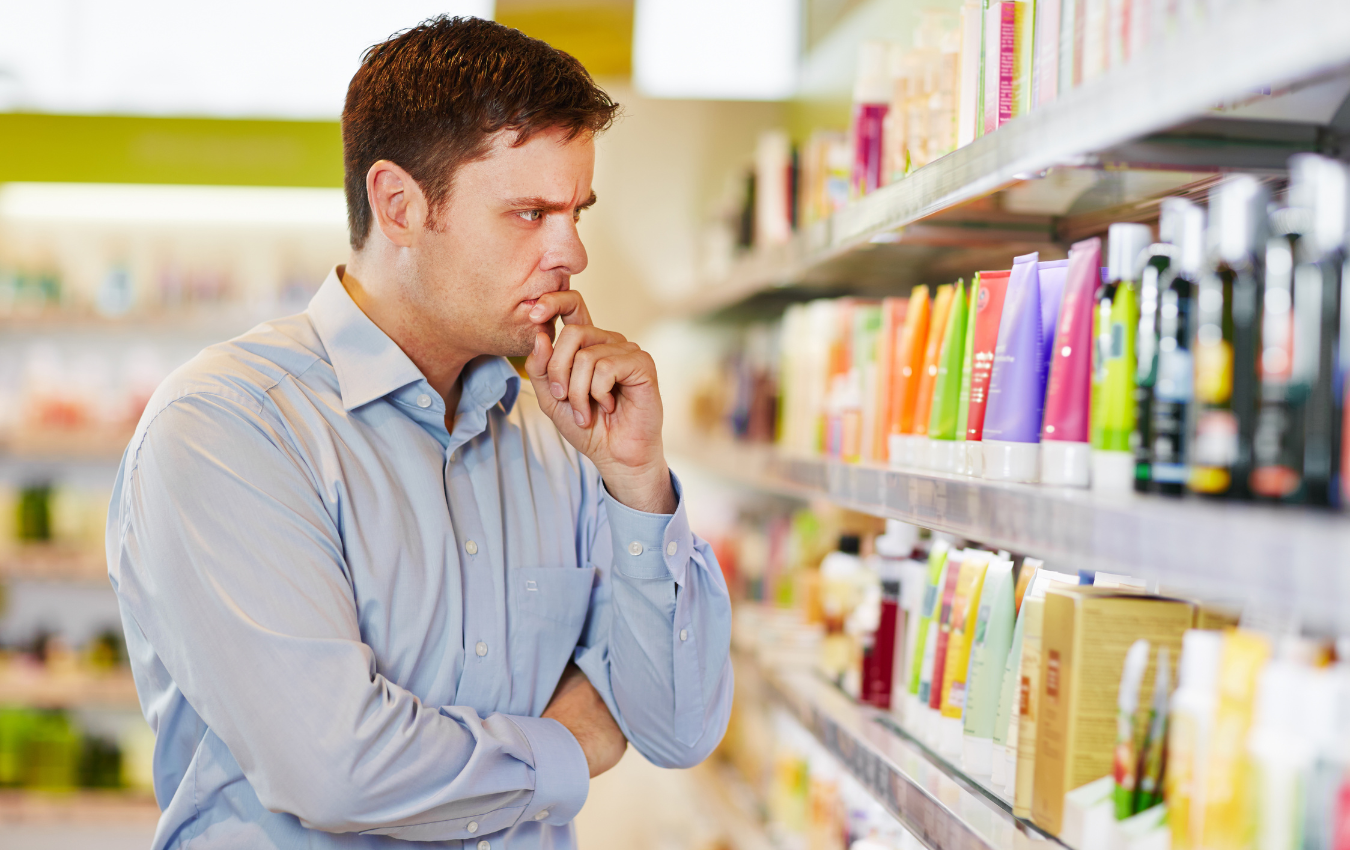
In the complex journey of consumer decision-making, packaging plays a more significant role than many businesses might realize. It’s not merely a container for your
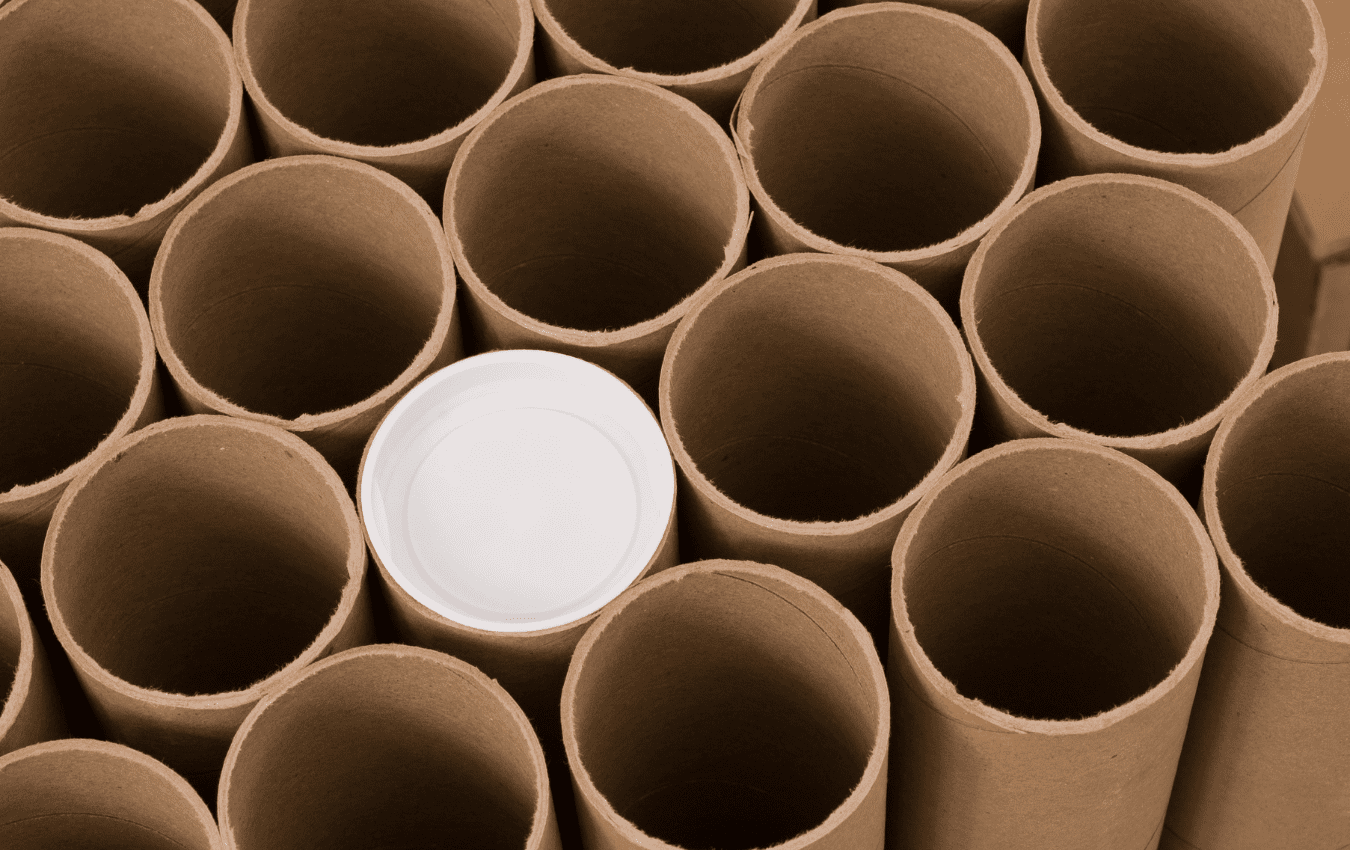
Shipping is a critical part of any business that provides physical goods to its customers. Efficient, cost-effective shipping processes not only improve customer satisfaction but

In the highly competitive world of physical retail, every tiny detail counts when it comes to attracting customers and encouraging them to purchase your products.


